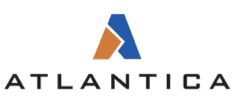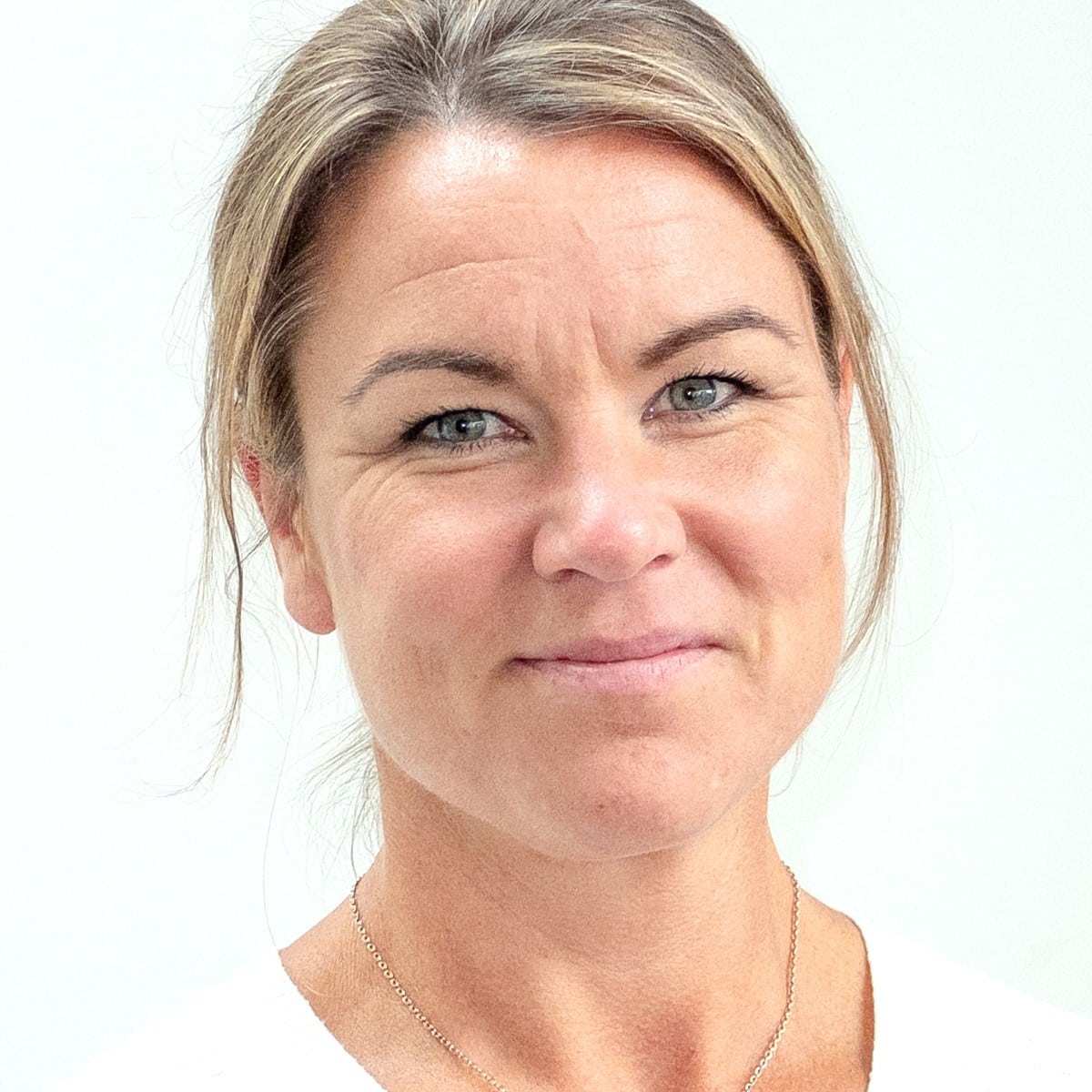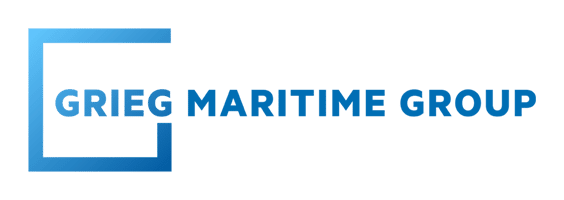In recent years deepwater drilling has stolen the bulk of the headlines about the offshore drilling market. But 2022 is bucking the trend to become the year of the jackup predominantly driven by increased demand in the Middle East.
According to Esgian Rig Analytics, global jackup marketed utilisation is currently expected to hit 85% in early 2023 before peaking at 89% later that summer, however, there is some room for this to rise further as operator plans are firmed up and previously on-hold projects get the green light. Already some regions are forecasting close to 100% in 2023.

One of the biggest questions resulting from this increase is: where are all the rigs going to come from?
First, we can look at the biggest driving force behind the upswing in global jackup demand: the Middle East with ramping up coming from both of the big players in the region – Saudi Aramco and ADNOC. As it stands, ADES is the biggest supplier of jackups to Saudi Aramco from the recent tendering activity through acquisitions of both older units from other regions and stranded newbuilds as well as bareboat charters to add to the mix. Other winners in the recent tender show the same mixture of reactivations, stranded newbuilds and regional mobilisations. It’s a similar story for ADNOC where recent acquisitions are a mix of units already working for them, newbuilds and acquisitions from outside the region.
This is only half of the story, however, as there is yet more unfulfilled demand to account for in the coming years. Saudi Aramco alone is aiming to have around 90 units in operation by 2024 and ADNOC is also expected to take on further capacity. Demand in India and the Far East are also on a strong upward trend while other markets are expecting to see a steady rise.
The EsgianRig Analytics database includes 26 newbuild jackups that are under construction with no work yet lined up for them. The majority of them, 17 in total, are in China where there remains some potential for a small number of these units to be snapped up for conversion to be used in the offshore wind market. It is likely, with demand increasing, that a higher number have increased chances of entering the drilling market than they did a year ago where prospects for newbuild units were few and far between.

On the other side of the coin there are reactivations of older units. Already there have been at least nine instances of reactivations of units now bound for the Middle East whether through sale or through contractors reactivating within their own fleet. Of all the cold stacked jackups in the global fleet 91% have been cold stacked for over a year and 65% for over three years. The likelihood of rigs being reactivated decreases the longer they are stacked, however, as we have already seen numerous times this year, these older units cannot be discounted especially in regions such as India.
Market chat indicates that there are a high number of jackups being bid globally. With contractors struggling to find suitable scopes for units in quieter regions, including West Africa and the North Sea (for now), and more attractive term work available in the likes of the Middle East, it is likely the market will continue to see rigs being pulled from their current regions into busier markets.
Finally, while it’s unlikely this will become a major trend, Esgian Rig Analytics understands there have been at least two jackups saved from the brink of scrapping to re-enter the drilling fleet.
For more insights on the jackup market, be sure to check out last week’s blog if you missed it, and register for our upcoming webinar, which will be held on 29 June 2022.
Main Image Credit: Vantage Drilling


















































































